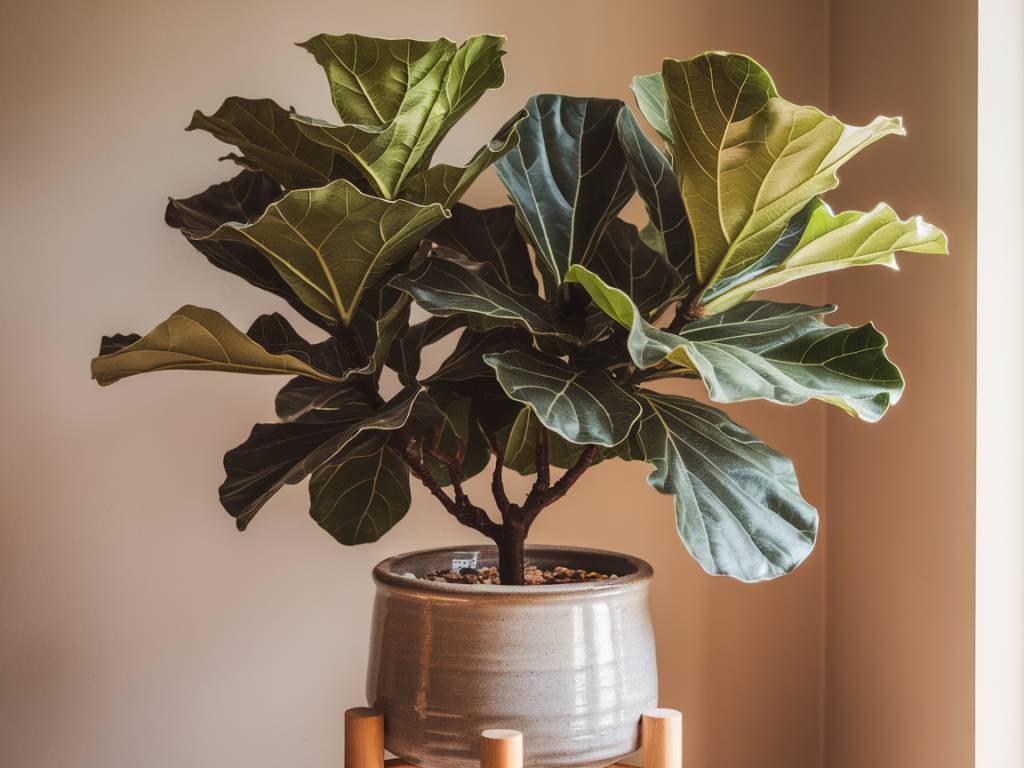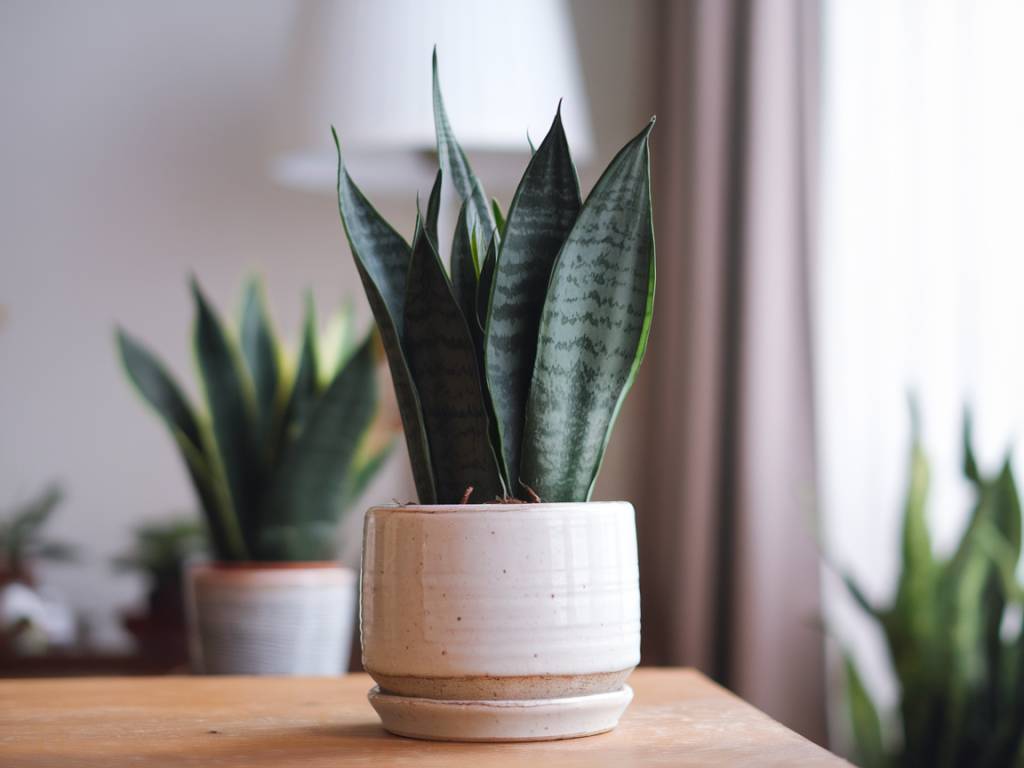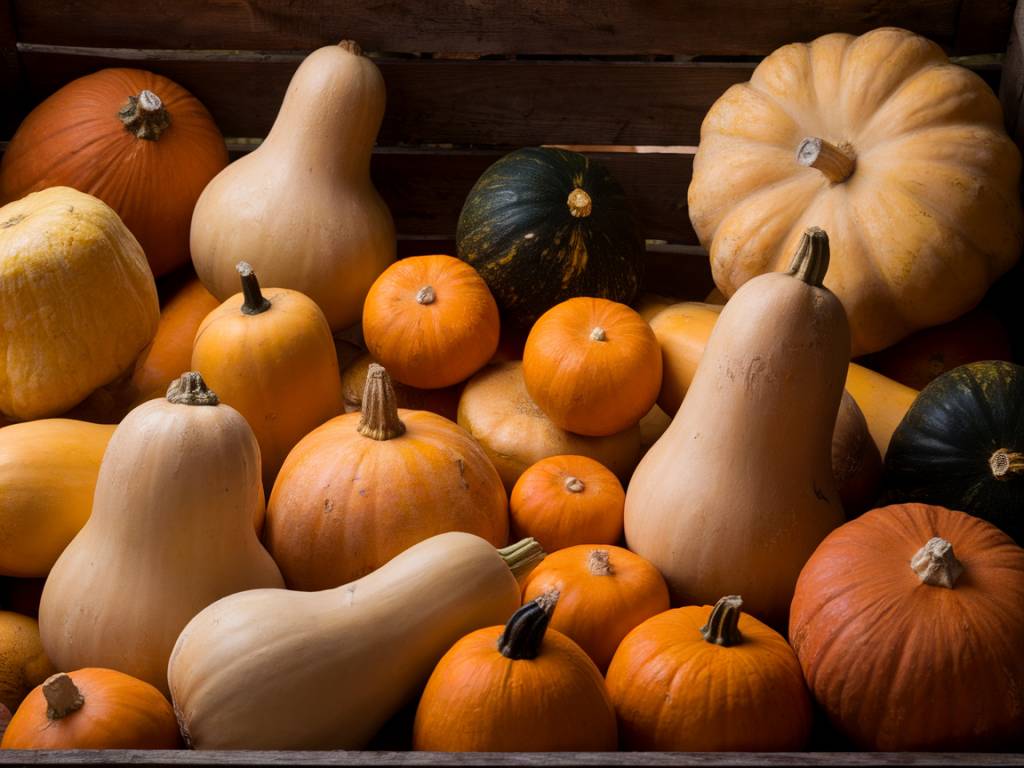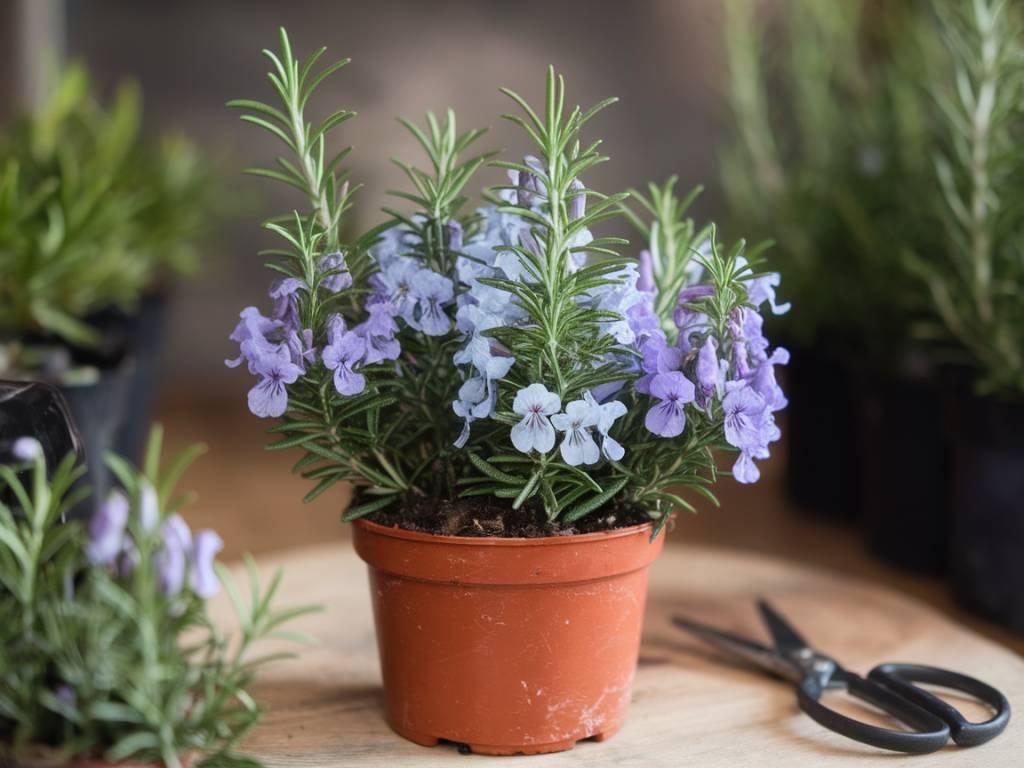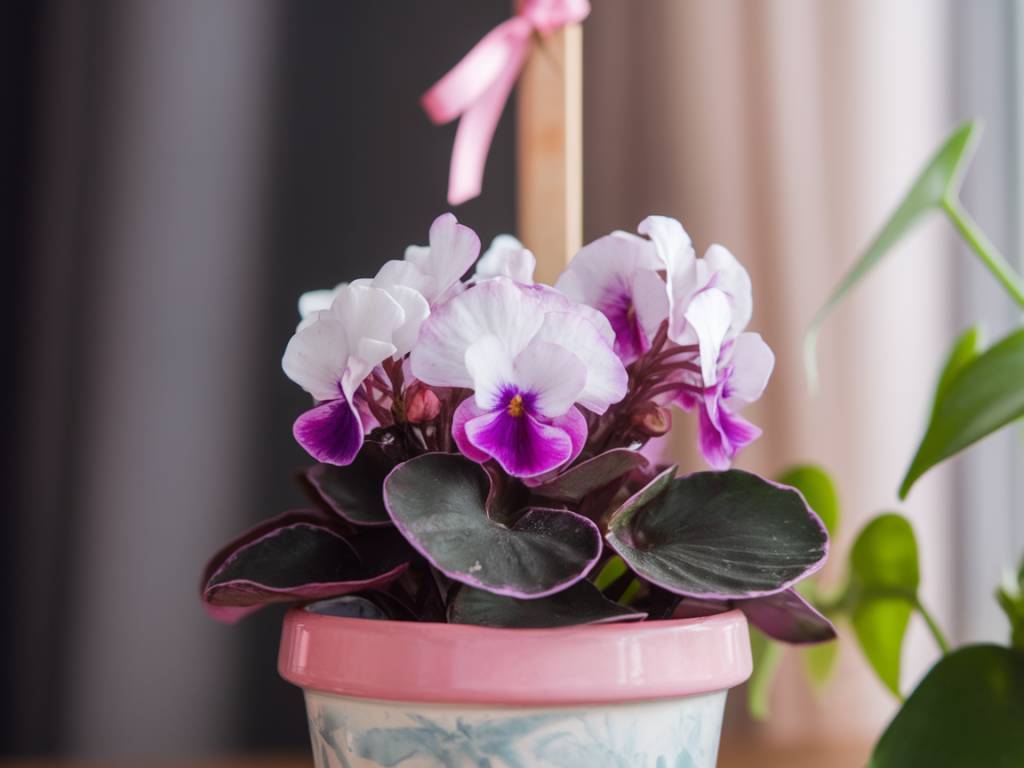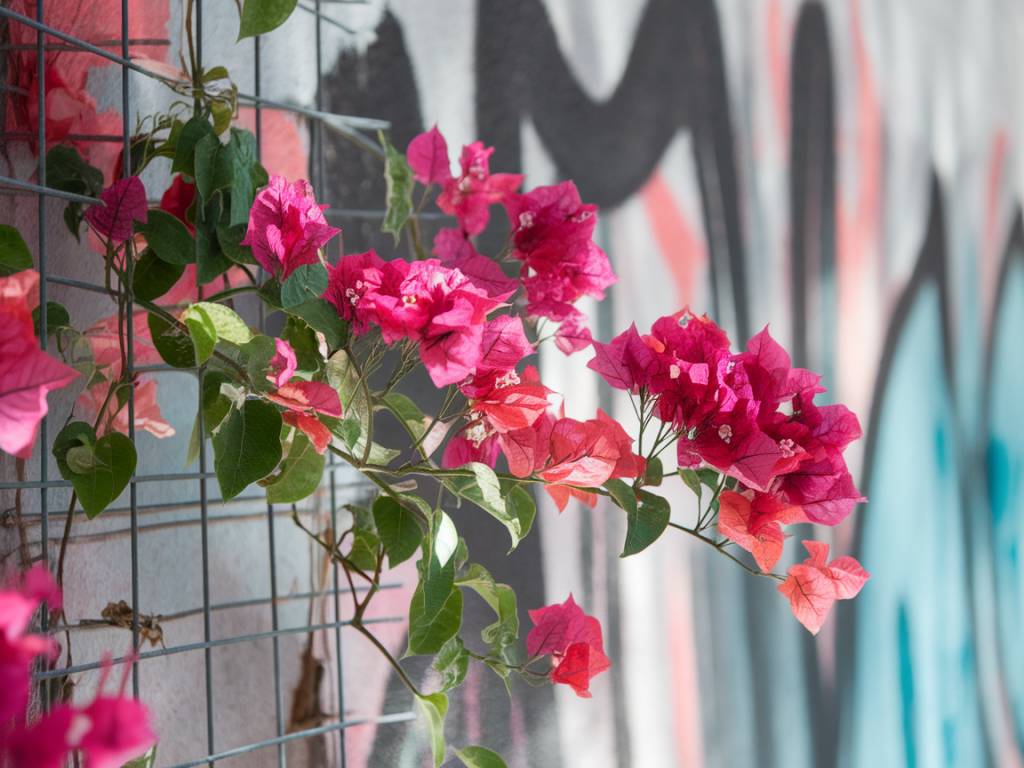As a passionate gardener, I’ve always cherished the beauty of plants, both indoors and out. One of my absolute favorites is the Fiddle Leaf Fig (Ficus lyrata). Its large, glossy leaves add a touch of elegance to any space, making it an excellent choice for indoor gardening enthusiasts. Over the years, I’ve learned a few key secrets to keeping this exquisite plant thriving. Let me share these precious insights with you.
Choosing the Right Spot
The first step in nurturing a lush Fiddle Leaf Fig is selecting the perfect location in your home. This plant loves bright, indirect light. Direct sunlight can scorch its leaves, while too little light can cause the plant to become leggy and weak. Placing it near a large, east-facing window typically provides the right balance.
If your home lacks the ideal natural light, consider using a grow light. LED grow lights work wonderfully and will give your Fiddle Leaf Fig the light it needs without taking up window space. Aim to provide around 6-8 hours of bright, indirect light daily.
Maintaining Optimal Watering Practices
Watering is a crucial aspect of Fiddle Leaf Fig care. Overwatering and underwatering are common mistakes. The key is to let the top inch of soil dry out before watering again. This usually means watering once every 1-2 weeks, but it can vary based on the conditions in your home.
Water your Fiddle Leaf Fig thoroughly until water drains out from the bottom of the pot. Be sure to empty the saucer after a few moments to prevent root rot. Using lukewarm water will also keep your plant comfortable and less prone to shock.
Providing Adequate Humidity
Fiddle Leaf Figs thrive in environments with a humidity level of 30-65%. During the winter months or in particularly dry areas, indoor air can become quite arid, which can lead to brown leaf edges. Here are a few ways to boost humidity:
- Invest in a humidifier and place it near your plant.
- Group your plants together to create a micro-habitat of higher humidity.
- Use a pebble tray – fill a tray with water and pebbles and place the pot on top, ensuring the bottom of the pot isn’t submerged.
- Mist the leaves occasionally with a spray bottle.
Feeding the Fiddle Leaf Fig
Just like us, Fiddle Leaf Figs need nutrients to grow strong and healthy. During the growing season (spring and summer), feed your plant with a balanced, water-soluble fertilizer every 3-4 weeks. I prefer using an organic fertilizer that provides a steady supply of nutrients without the risk of over-fertilization.
In the autumn and winter months, reduce feeding to every 6-8 weeks. This allows the plant to rest and prevents rapid, weak growth that is more susceptible to pests and diseases.
Pruning and Shaping
Pruning is essential for maintaining the shape and health of your Fiddle Leaf Fig. Regularly remove any dead or damaged leaves to allow the plant to focus its energy on new growth. You can also prune to encourage a bushier appearance or to control the height of your plant.
When pruning, use sharp, sterilized scissors or pruning shears. Cut just above a node (where a leaf joins the stem) to encourage branching. Pruned leaves and stems can be composted or even propagated to create new plants!
Repotting for Growth
As your Fiddle Leaf Fig grows, it will eventually outgrow its pot. Signs that it’s time to repot include roots growing out of the drainage holes and the plant drying out too quickly after watering. Typically, repotting every 1-2 years is sufficient.
Choose a pot that is 2-4 inches larger in diameter than the current pot and has adequate drainage holes. Use a high-quality, well-draining potting mix. Gently loosen the root ball and place the plant in the new pot, filling in with soil around it. Water thoroughly to help the plant settle.
Pest Management
Indoor plants can sometimes be plagued by pests like spider mites, mealybugs, and scale. Regularly inspect your Fiddle Leaf Fig for tiny insects or webbing. If you spot any pests, a simple solution of water and neem oil can help eliminate them. I typically mix one teaspoon of neem oil with a quart of water and a few drops of dish soap, then apply it to the affected areas using a spray bottle.
An alternative is using insecticidal soap or even manually removing the pests with a damp cloth. Bear in mind that keeping your plant healthy by providing the right care will naturally reduce the likelihood of pest infestations.
Be Patient and Observant
Growing a lush Fiddle Leaf Fig requires patience and keen observation. Each plant is unique and may respond differently to its environment. By paying close attention to your plant’s signals, you can adjust care practices accordingly.
Browning edges, drooping leaves, or slowed growth can all indicate a need to reassess light, water, or humidity conditions. Regularly rotating your plant will ensure even growth and prevent it from leaning towards the light source.
I find it helpful to maintain a plant journal where I document watering schedules, feeding times, and any changes in appearance. This record can provide invaluable insights over time and help you become a more intuitive gardener.
Embracing the journey of caring for a Fiddle Leaf Fig is immensely rewarding. With these tips, you’re well on your way to cultivating a beautiful, healthy plant that will bring joy and elegance to your indoor space.
Happy gardening!
Samanta

